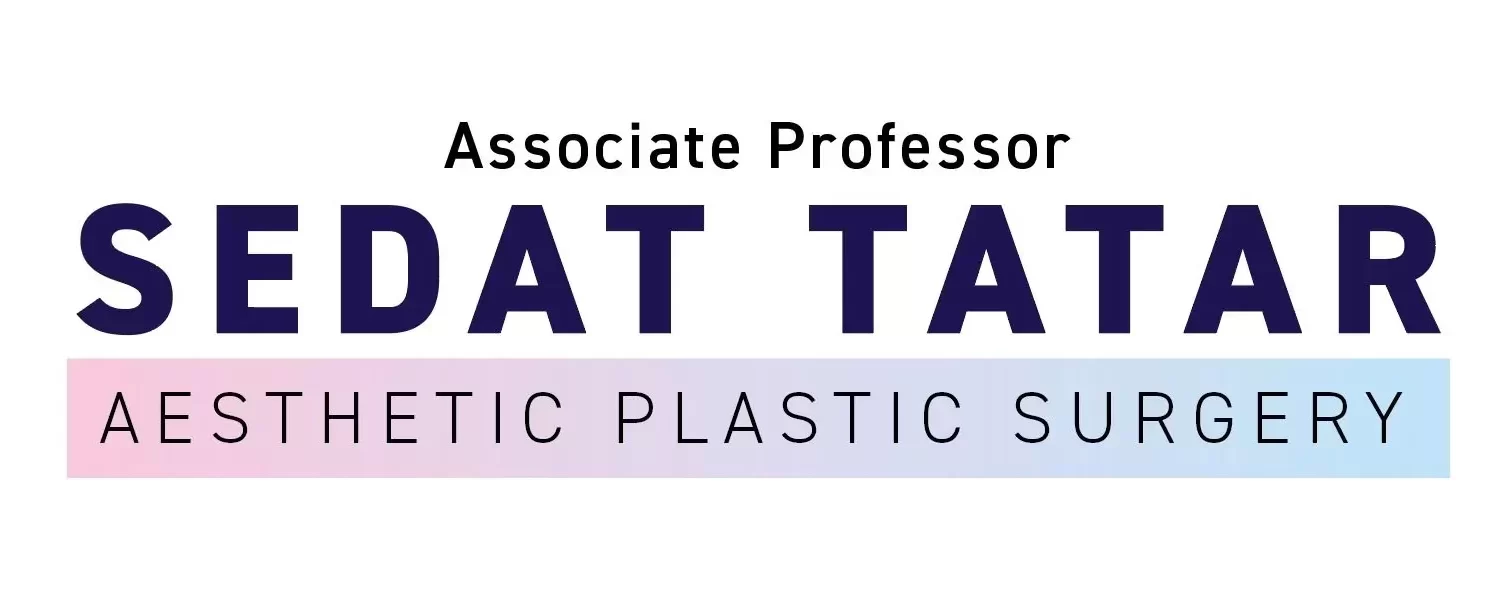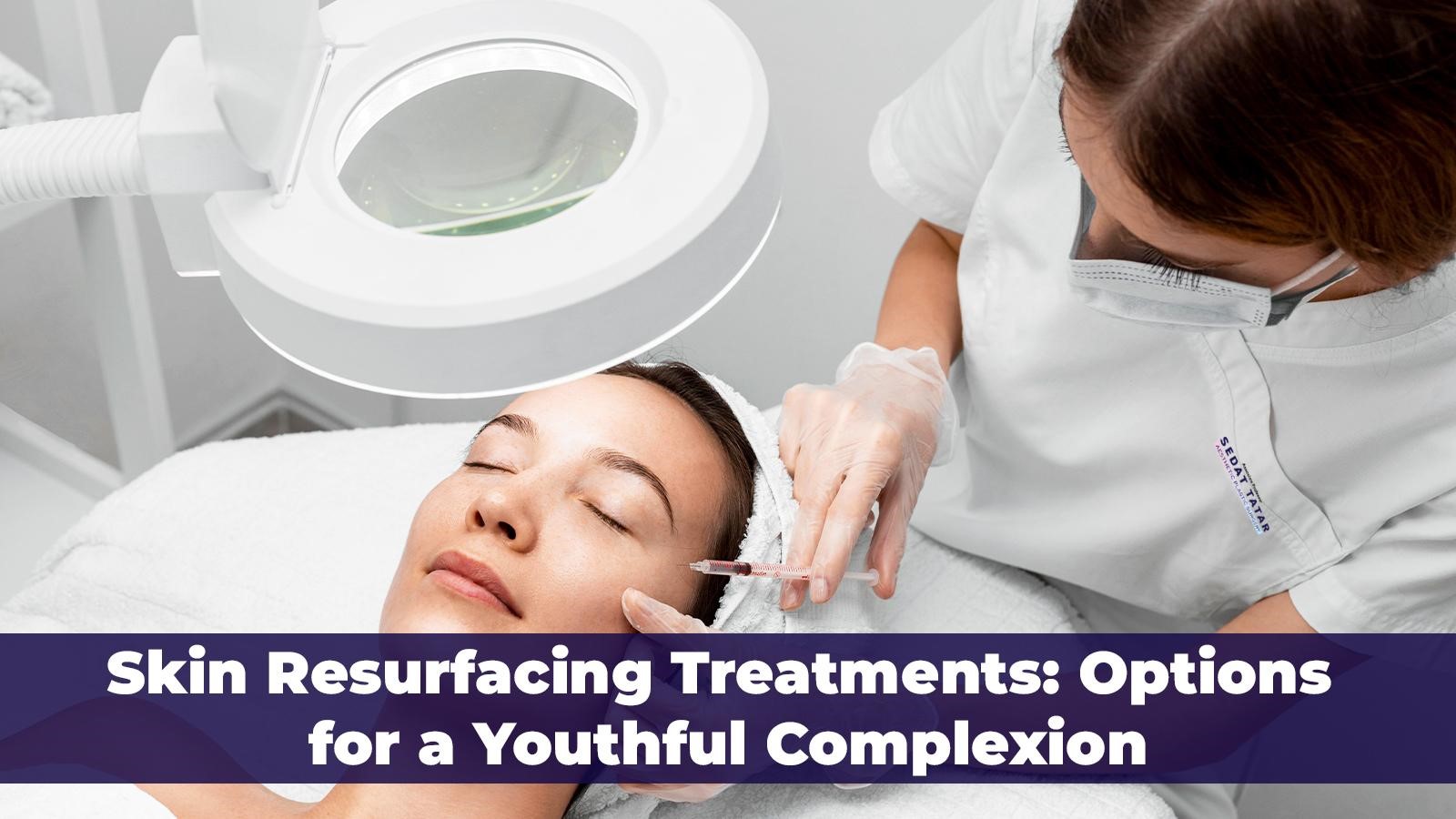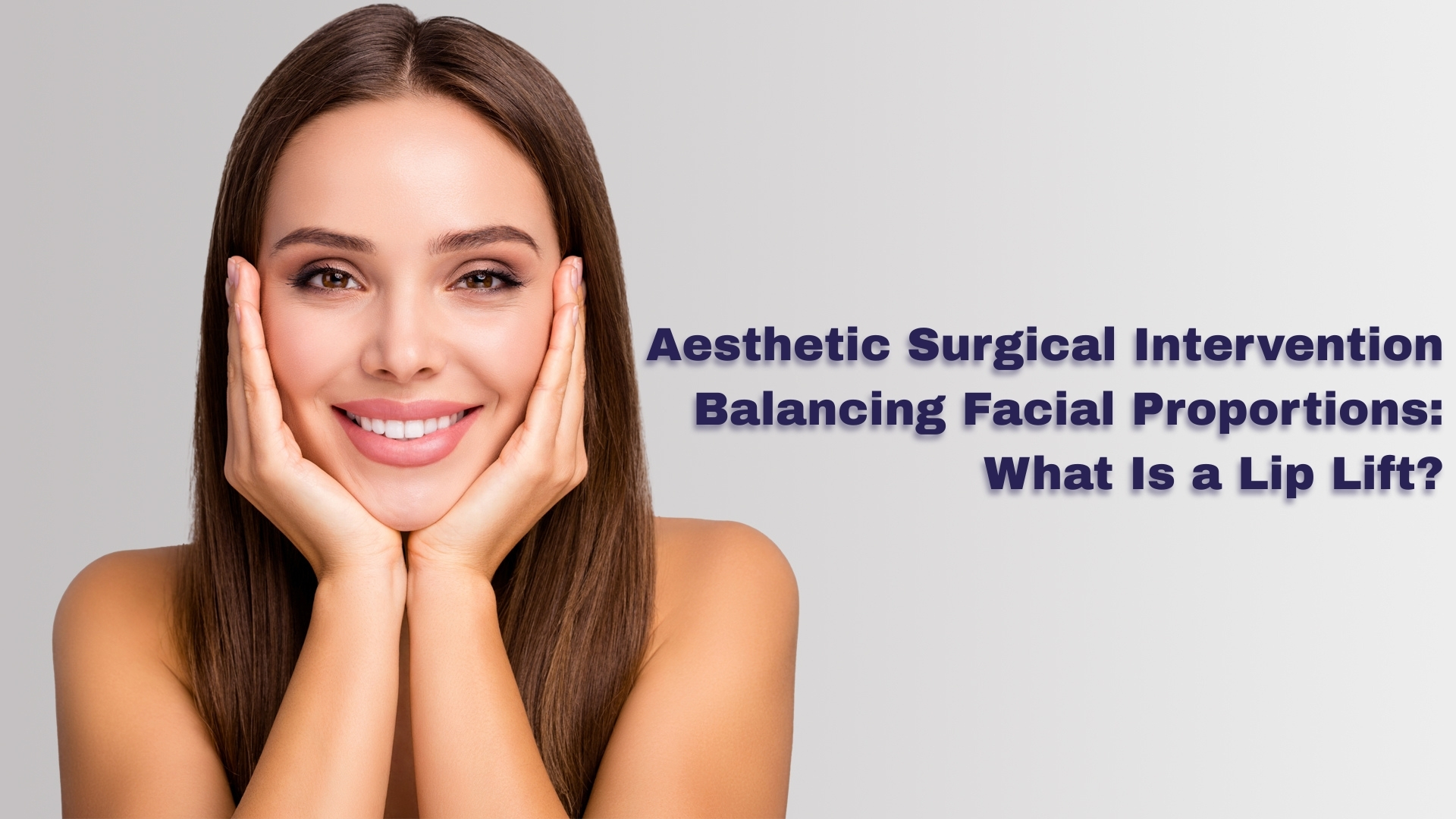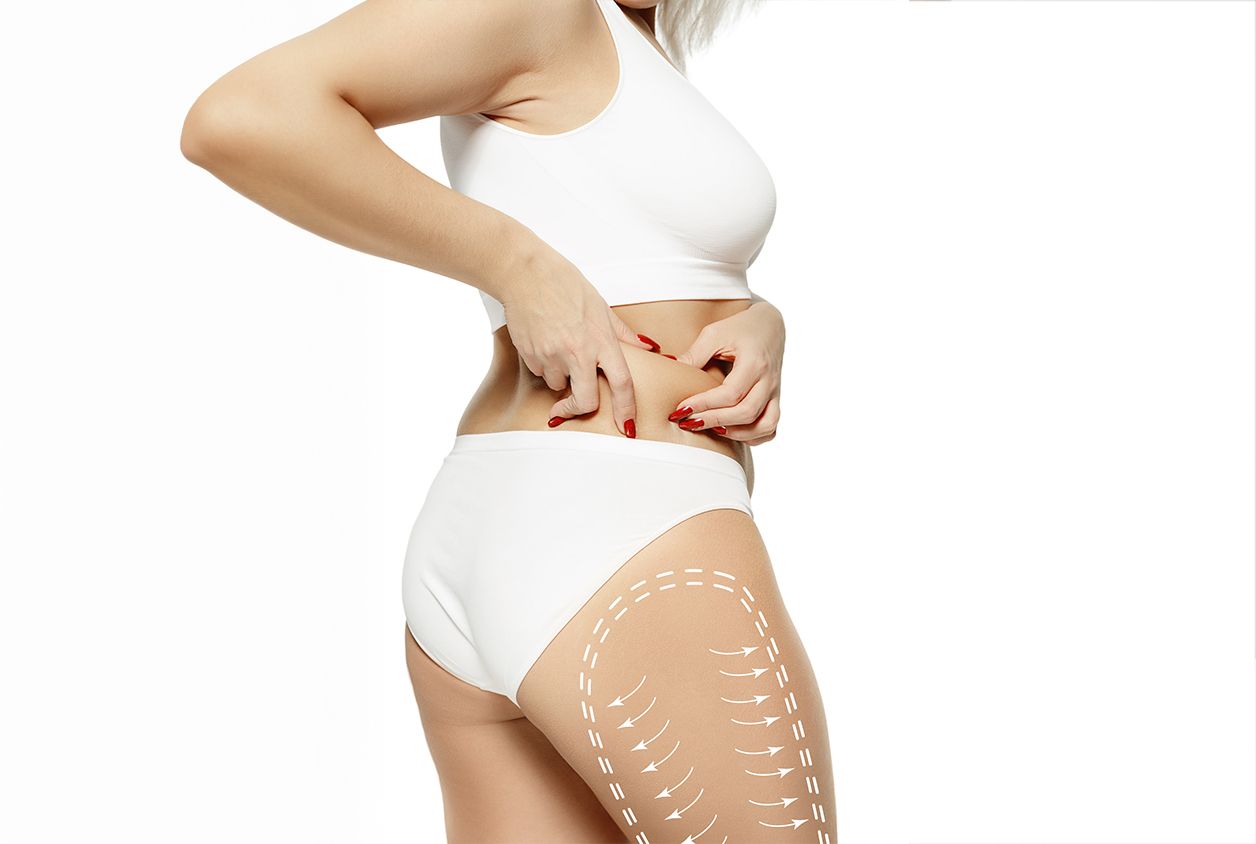Skin Resurfacing Treatments: Options for a Youthful Complexion
A youthful and radiant complexion is a timeless aspiration for many individuals, prompting a surge in interest and advancements in skincare technologies. Skin resurfacing treatments have emerged as effective solutions to address various skin concerns, from fine lines and wrinkles to uneven skin tone and texture. In this comprehensive guide, we will explore different skin resurfacing options, their mechanisms, benefits, and considerations to help you make informed choices for achieving a revitalized and youthful appearance.
What is Skin Resurfacing?
Skin resurfacing is a cosmetic procedure designed to enhance the skin’s appearance by addressing imperfections, stimulating collagen production, and promoting overall skin rejuvenation. The primary goal is to create a smoother, more youthful complexion through the removal of damaged outer layers of skin. Skin resurfacing treatments are versatile and can effectively target various skin concerns, including:
- Fine lines and wrinkles
- Sun damage and age spots
- Acne scars and other facial scars
- Uneven skin tone and pigmentation
- Rough skin texture and enlarged pores
Types of Skin Resurfacing Treatments
Chemical Peels
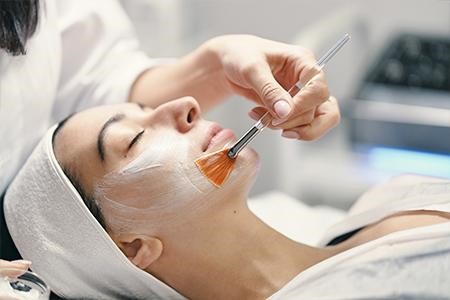
Chemical peels involve the application of a chemical solution to the skin, which causes controlled exfoliation. This process removes damaged outer layers, revealing smoother and more youthful skin underneath. Chemical peels are categorized into superficial, medium, or deep, depending on the depth of penetration.
Superficial Peels: Suitable for mild skin concerns, these peels typically use alpha hydroxy acids (AHAs) or beta hydroxy acids (BHAs).
Medium Peels: Employing stronger acids, such as trichloroacetic acid (TCA), medium peels target more advanced signs of aging and skin damage.
Deep Peels: Phenol peels are deep peels that can address severe skin issues but require more downtime and carry higher risks.
Microdermabrasion
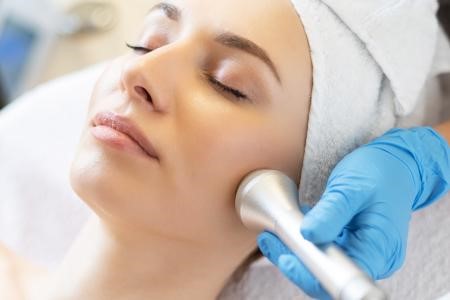
Microdermabrasion is a non-invasive procedure that uses a machine to exfoliate the outer layer of the skin. It is effective for addressing mild skin concerns, improving texture, and stimulating collagen production.
Laser Resurfacing
Laser resurfacing utilizes laser technology to remove damaged skin layers, stimulate collagen, and tighten the skin. Fractional laser technology, in particular, allows for targeted treatment, reducing downtime compared to traditional ablative lasers.
Dermabrasion
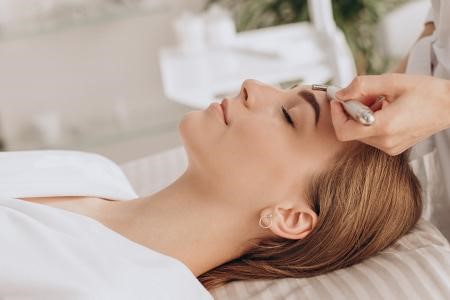
Dermabrasion involves the mechanical removal of the top layer of skin using a rotating instrument. It is particularly effective for treating deep scars and wrinkles, but it may require a longer recovery period.
Microneedling
Microneedling, or collagen induction therapy, uses tiny needles to create controlled micro-injuries in the skin. This stimulates collagen production and enhances skin texture, making it effective for fine lines, scars, and overall skin rejuvenation.
Benefits of Skin Resurfacing
One of the primary benefits of skin resurfacing is the improvement in skin texture and tone. By removing damaged layers, these treatments reveal smoother, more even skin. Skin resurfacing treatments stimulate collagen production, which helps minimize the appearance of fine lines and wrinkles, promoting a more youthful look. Whether caused by acne, injury, or surgery, skin resurfacing treatments can significantly reduce the visibility of scars, improving skin aesthetics. Skin resurfacing effectively addresses sun damage and hyperpigmentation issues, promoting a more even skin tone and reducing the appearance of age spots and sunspots. Certain resurfacing treatments, like laser resurfacing, contribute to skin tightening by promoting collagen synthesis, resulting in firmer and more youthful skin.
Considerations and Precautions
Different skin resurfacing treatments are suitable for various skin types and concerns. It’s crucial to consult with a skincare professional to determine the most appropriate option for your specific needs.
The level of downtime and recovery varies among skin resurfacing treatments. Superficial peels and microdermabrasion generally have minimal downtime, while deeper treatments like phenol peels may require more extended recovery periods.
Each resurfacing method carries potential side effects, such as redness, swelling, or temporary changes in skin pigmentation. Understanding these potential effects is essential for informed decision-making.
Post-resurfacing, the skin is more susceptible to damage from the sun. Strict adherence to sun protection measures, including sunscreen and protective clothing, is crucial to maintaining results and preventing complications.
Combining Treatments for Optimal Results
In some cases, combining different skin resurfacing treatments can provide enhanced results. This approach, known as combination therapy, allows for a more comprehensive and customized approach to address multiple skin concerns simultaneously.
Achieving a youthful complexion through skin resurfacing treatments is a viable and increasingly popular option in the realm of cosmetic procedures. Whether targeting fine lines, scars, or uneven skin tone, the diverse array of available treatments allows individuals to choose the approach that best suits their unique needs. Consulting with a qualified skincare professional is essential to ensure a personalized treatment plan, taking into account individual skin types, concerns, and desired outcomes. With the right information and guidance, skin resurfacing can be a transformative journey towards radiant and revitalized skin, restoring confidence and promoting a timeless, youthful appearance.
